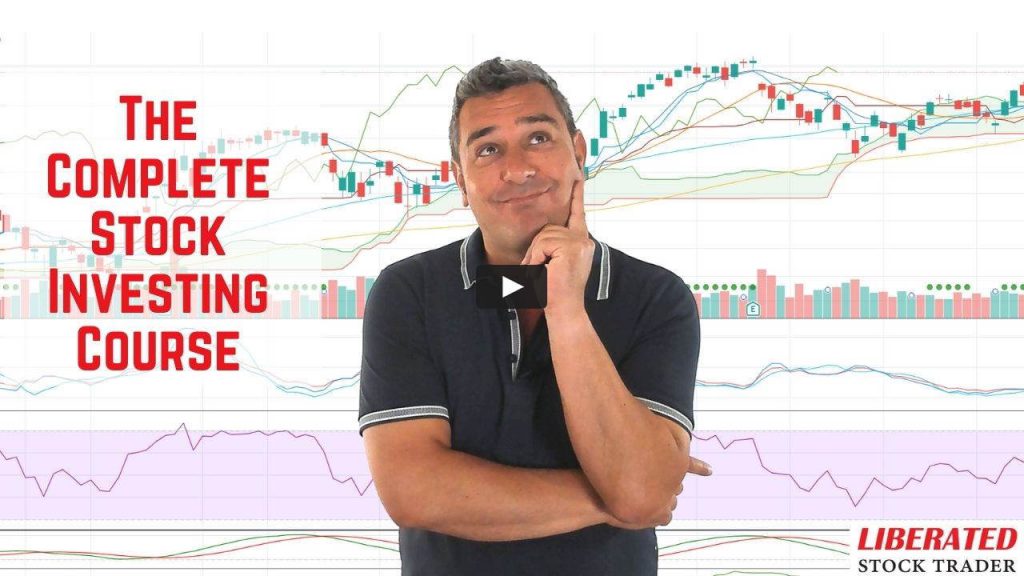Subway is a popular fast-food chain known for its sandwiches and salads. Founded in 1965 by Fred DeLuca, Subway has grown to become the largest restaurant chain in the world, with over 44,000 locations in more than 100 countries.
The company’s success can be attributed to its focus on fresh ingredients and customizable menu options.
Subway is one of many companies where management chooses not to issue stock because it makes money by selling franchises and collecting royalties from franchisees.
Subway Stock
You cannot buy Subway stock because Subway IP Inc. is a privately held company that is not traded on any stock exchange. You can invest in Subway by owning and operating a Subway store.
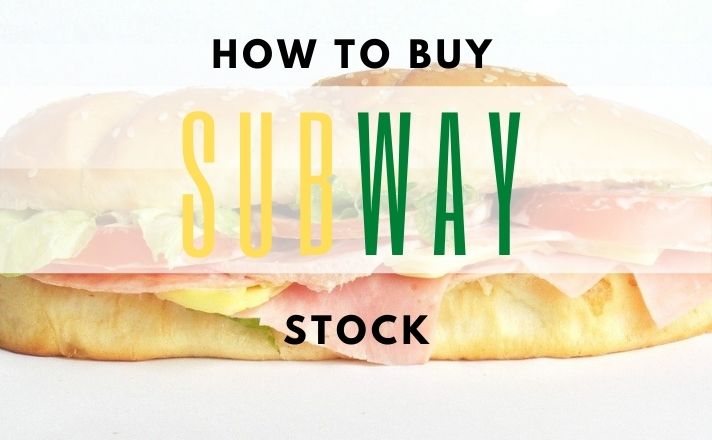
Note: This is an unbiased research report. The author or Liberated Stock Trader is not affiliated, paid by, or owns stock in any of the companies mentioned in this report.
Subway Stock Price & Ticker
Subway does not have a stock price or a ticker on any exchange because it has not been through an IPO. Not issuing stock gives Subway management more control over the company.
Laws require publicly traded companies to maintain elected boards of directors. Stockholders elect the board of directors, which can weaken management’s control.
Federal law requires publicly traded companies to divulge enormous amounts of information to the public. For instance, the U.S. Securities and Exchange Commission (SEC) requires publicly traded companies to publish their financial data.
If an American company is publicly traded, it posts its financial reports on the SEC website. That enables investors and potential franchisees to see how much a company makes.
Privately-held companies can keep most of their operations secret, giving a fast-food company a competitive advantage. Subway does not have to tell potential franchisees how much money the company makes.
My thorough testing awarded TradingView a stellar 4.8 stars!
With powerful stock chart analysis, pattern recognition, screening, backtesting, and a 20+ million user community, it’s a game-changer for traders.
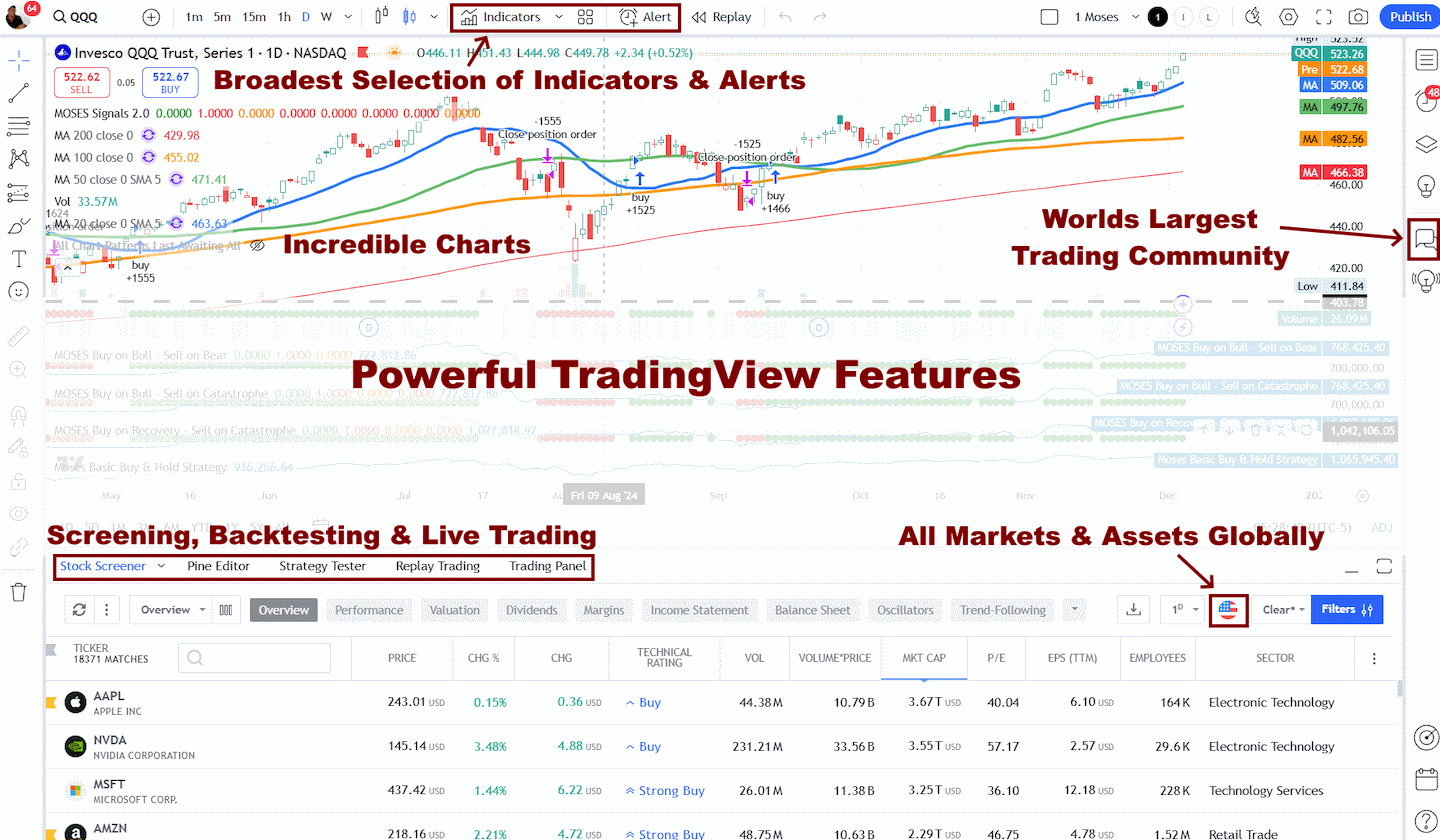
Whether you're trading in the US or internationally, TradingView is my top pick for its unmatched features and ease of use.
Explore TradingView – Your Gateway to Smarter Trading!
Investing in A Subway Franchise
A person must pay $15,000 in cash to buy a Subway franchise in the United States or Canada, Franchise.com. After paying the cash, each Subway franchisee must invest $102,000 and $264,000 to set up or buy the store.
Every Subway franchise pays Subway IP Inc. 12.5% of their franchise’s revenues in royalties each week, Franchise.com claims.
Subway does not need to issue stock because it can collect royalties and franchise fees. Subway can generate enormous revenues from the royalties and fees because there are over 21,000 Subway franchises in over 100 countries worldwide.
Video: The Rise & Fall of Subway
Complaints By Subway Franchise Owners
You may want to think twice before becoming a Subway franchise owner. John Oliver focused on Subway in Last Week Tonight, and the report is damning.
5 Investments Better Than Subway
1. Restaurant Brands International (QSR)
Restaurant Brands operates over 27,600 fast-food restaurants worldwide, including over 400 Firehouse Subs franchises, over 3,500 Popeye’s locations, over 5,000 Tim Horton’s coffee shops, and over 18,700 Burger King locations.
See the QSR Stock Chart Live on TrendSpider
Restaurant Brands is a diversified company. It operates four different brands, each selling a different menu. This means Restaurant Brands can keep making money if tastes change. If people stop buying burgers, they could buy submarine sandwiches from Firehouse Subs or chicken from Popeye’s.
Restaurant Brands further diversifies its operations by selling coffee through Tim Horton’s. Tim Horton’s is the fifth largest coffee shop chain in the United States, with 626 locations in 10 states. The largest coffee shop chain, Starbucks (SBUX), has 51,836 US locations.
Diversification protects Restaurant Brands from a changing market and aggressive competition in the burger segment. It also allows Them to tap different markets. For example, Firehouse Subs caters to upscale customers, Tim Horton’s serves coffee drinkers, Popeye’s serves chicken lovers, and Burger King serves working-class diners.
Another value proposition at Restaurant Brands is its ability to sell cheap food. This allows Restaurant Brands to profit in a poor economy because people still need to eat and hate to cook in terrible times. There are also many situations where people need to save money but cannot cook.
In good times, people have extra cash for Whoppers, onion rings, Popeye’s Chicken, Tim Horton coffee and donuts, and Firehouse Subs. Restaurant Brands is a company that thrives in any economy.
Restaurant Brands is a dividend stock. Its management has scheduled eight 54₵ dividends between April 6, 2023, and January 1, 2025. QSR offered a $2.16 forward dividend and a 3.27% dividend yield in January 2023.
Restaurant Brands is a solid investment in the fast food segment because it is a diversified company that issues a dividend stock.
You want to be a successful stock investor but don’t know where to start.
Learning stock market investing on your own can be overwhelming. There’s so much information out there, and it’s hard to know what’s true and what’s not.
Liberated Stock Trader Pro Investing Course
Our pro investing classes are the perfect way to learn stock investing. You will learn everything you need to know about financial analysis, charts, stock screening, and portfolio building so you can start building wealth today.
★ 16 Hours of Video Lessons + eBook ★
★ Complete Financial Analysis Lessons ★
★ 6 Proven Investing Strategies ★
★ Professional Grade Stock Chart Analysis Classes ★
2. Starbucks Corporation (SBUX)
Statista estimates that Starbucks (SBUX) operated 31,256 coffee shops worldwide in 2022. Starbucks is different from most fast-food brands because it owns a large percentage of its coffee shops.
Starbucks directly operates all 3,521 of its coffee shops in China and 8,591 locations in the United States. Additionally, as of 2023, it owned 1,286 stores in Japan, 1,109 in Canada, 653 in the United Kingdom, and 352 in Thailand.
The advantage of owning the stores is that Starbucks gets all the revenue from those coffee shops. Another advantage is that the Starbucks Corporation can borrow against the shops when it needs cash.
Financial Performance: For the fiscal year 2023, Starbucks reported record consolidated net revenues of $9.4 billion for Q4, representing an 11% increase. This growth was driven by an 8% increase in comparable store sales globally, also reflected in an 8% increase in North America (Starbucks Newsroom).
Strategic Initiatives: Starbucks has been focusing on strategic initiatives to enhance the customer experience further and drive growth. As part of this effort, Starbucks has tested a “Borrow A Cup” program in California, part of the company’s broader shift toward sustainability and reusables (Starbucks Stories).
Leadership Changes: Starbucks has also seen changes in its leadership, with Howard Schultz returning as interim CEO in 2022 and Laxman Narasimhan being appointed as the new CEO effective April 2023. Narasimhan’s transition into the role is part of a planned leadership shift to guide the company through its next growth phase (CNBC).
Market Outlook: Despite facing challenges such as inflationary pressures and supply chain disruptions, Starbucks has remained resilient. Its market performance reflects the strength of its brand and business model. The company’s earnings have generally been positive, with revenue and same-store sales growth exceeding Wall Street’s estimates.
Innovation and Expansion: Starbucks continues to innovate, emphasizing digital offerings and global expansion. Its rewards program and mobile app remain key customer loyalty and sales drivers.
Starbucks has delivered strong financial results, with significant revenue growth and comparable store sales increases. The company is actively pursuing sustainability initiatives, undergoing leadership transitions, and focusing on strategic growth and innovation to maintain its position as a leading global coffeehouse chain.
3. McDonald’s Corporation (MCD)
McDonald’s (MCD) is the world’s most famous burger chain, with over 38,000 locations in 118 countries and territories worldwide.
See the McDonald’s Stock Chart Live
McDonald’s had a worldwide brand value of $154.9 billion in 2022 and operated 40,031 restaurants worldwide, a difference from the 38,000 locations McDonald’s claims to operate.
Many investors like McDonald’s because of its revenues. Stock Rover estimates McDonald’s revenues grew by 20.9% between 2020 and 2021, from $19.208 billion to $23.223 billion. Those revenues rose slightly by 3.27% to $23.265 billion in the 2022 fiscal year.
International markets are the principal source of McDonald’s revenues. Stock Rover reports show international markets generated 54% of McDonald’s revenues in 2022. The United States was the second largest source of McDonald’s revenues, contributing 41% in 2021. Around 9% of McDonald’s revenues came from international developmental licensed markets in 2021.
Stock Rover Rankings for McDonald’s 2023
| Profitability | Stock | Industry | S&P 500 |
|---|---|---|---|
| Quality Score | 84 | 56 | 76 |
| Gross Margin | 56.1% | 32.8% | 29.8% |
| Operating Margin | 43.7% | 13.5% | 14.6% |
| Net Margin | 25.4% | 8.0% | 11.1% |
| Return on Assets | 12.2% | 10.9% | 8.0% |
| Return on Equity | -90.0% | -101.7% | 33.8% |
| ROIC | 17.4% | 18.1% | 19.7% |
Stock Rover Rankings: McDonald’s vs. Competitors 2023
| Ticker | Company | Cap ($M) | P/E | Change (%) |
|---|---|---|---|---|
| MCD | McDonald’s | $200,369 | 34.5 | -0.2% |
| SBUX | Starbucks | $123,118 | 37.9 | 0.5% |
| CMG | Chipotle… | $43,354 | 54.5 | 0.8% |
| YUM | Yum Brands | $36,912 | 29.8 | 0.5% |
| YUMC | Yum China… | $24,404 | 29.0 | 2.1% |
Get Stock Rover – The King of Stock Research
McDonald’s is a popular dividend stock. Between March 15, 2023, and October 11, 2024, its management scheduled eight quarterly $1.52 dividends. Dividend.com estimates McDonald’s was offering a $6.08 forward dividend in January 2023.
The value propositions at McDonald’s include the powerful brand, the large revenues, and the dividends.
People always need to eat, and McDonald’s has a reputation for selling cheap, good food. This lets McDonald’s thrive in good times when people can afford Big Macs and in poor economies when consumers need to grab a cheap meal.
In recent years, McDonald’s has been struggling in North America, facing stiff competition from many fast-food chains. McDonald’s has closed stores in North America. McDonald’s closed around 200 stores in North American Walmart (WMT) supercenters.
The McDonald’s locations are closing because there is less demand for burgers. Walmart is replacing McDonald’s with Taco Bell, Domino’s Pizza, and Charley’s Philly Steaks stores.
Investing In Stocks Can Be Complicated, Stock Rover Makes It Easy.
Stock Rover is our #1 rated stock investing tool for:
★ Growth Investing - With industry Leading Research Reports ★
★ Value Investing - Find Value Stocks Using Warren Buffett's Strategies ★
★ Income Investing - Harvest Safe Regular Dividends from Stocks ★
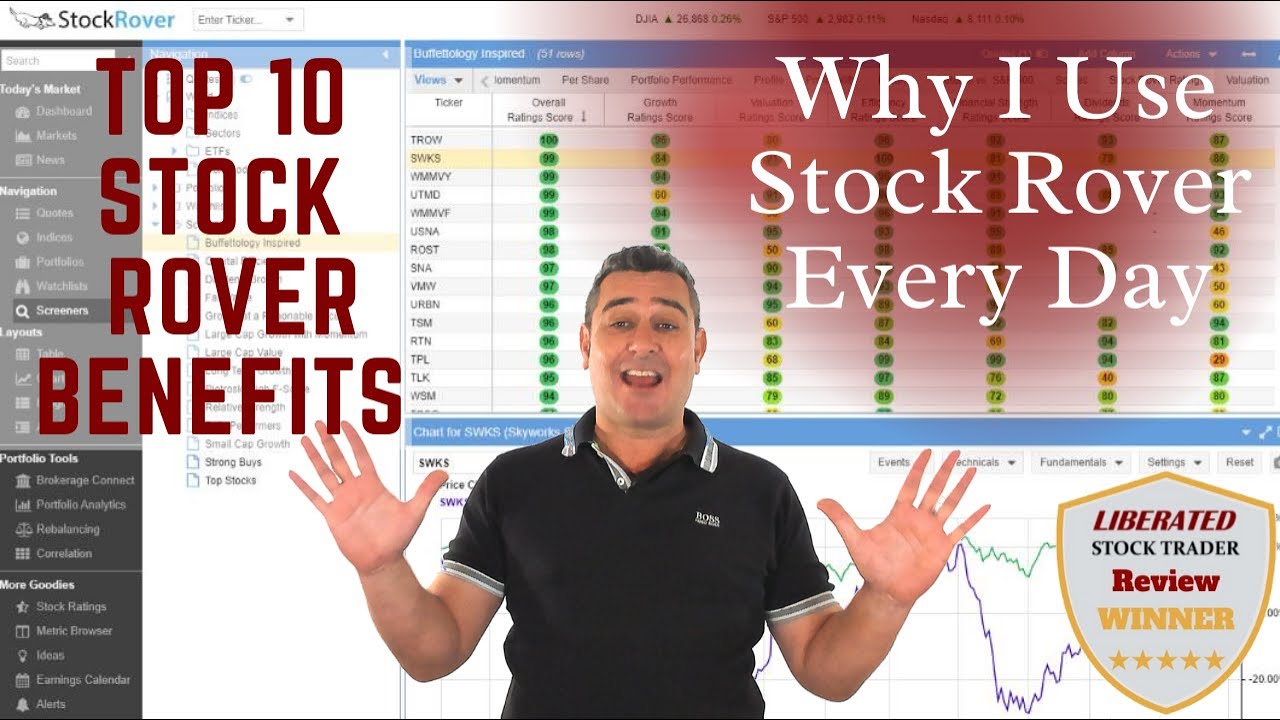
"I have been researching and investing in stocks for 20 years! I now manage all my stock investments using Stock Rover." Barry D. Moore - Founder: LiberatedStockTrader.com
4. Shake Shack (SHAK)
Shake Shack (SHAK) is a popular American quality burger chain. Quality burger chains like Shake Shack and In-N-Out Burger sell handmade burgers made from fresh meat and hand-cut fries.
See the Shake Shack Chart Live
Shake Shack’s business model is based on the belief that people will pay extra for a better burger. The company’s fast growth shows a strong demand for “quality burgers” and handmade fries.
Shake Shack began in one location in New York City in 2004. By 2023, there were 436 Shake Shack locations. They opened 69 Shake Shacks in 2022, and there are plans to open 65 to 70 Shake Shack locations in 2023.
Shake Shack was originally an urban chain selling burgers from city storefronts. In 2021, it started opening drive-thrus to compete with its West Coast rival, In-N-Out Burger. In-N-Out Burger only operates drive-thrus, and Most locations have no inside dining.
Drive-thru stores can be lucrative. Restaurant Dive claims an Orlando, Florida, Shake Shack sold $86,000 worth of food a week in 2022. Shake Shack CEO Randy Garutti claims a drive-thru can increase Shake Shack’s annual sales to $5 million and increase profits by 20%. Restaurant Drive estimates each company-owned Shake Shack location generated around $3.8 million in sales in 2022.
Shake Shack vs. Its Competitors 2023: Powered By Stock Rover
| Ticker | Company | Cap ($M) | P/E | Change (%) |
|---|---|---|---|---|
| SHAK | Shake Shack | $2,269 | – | 0.0% |
| JACK | Jack In The Box | $1,603 | 14.1 | 0.9% |
| BROS | Dutch Bros | $2,065 | – | 0.1% |
| CNNE | Cannae Holdings | $1,799 | – | -0.6% |
| DIN | Dine Brands | $1,179 | 14.0 | 0.6% |
| BJRI | BJ’s Restaurants | $728 | – | -1.4% |
Get Stock Rover – The King of Stock Research
Management hopes to open 25 Shake Shack drive-thru stores in 2023. Opening drive-thrus allows Shake Shack to expand into suburban areas, which comprise most of the fast-food markets in North America.
Unlike In-N-Out Burger, Shake Shack is a publicly traded company. Its shares trade on the New York Stock Exchange under the SHAK ticker. The value proposition at Shake Shack is a company that could grow into a lucrative fast-food giant.
5. Yum! Brands Inc. (YUM)
Yum! Brands (YUM) is a diversified fast-food company that resembles Restaurant Brands International.
The value at Yum! is three of the world’s most famous and successful fast-food brands: KFC (Kentucky Fried Chicken), Taco Bell, and Pizza Hut. Yum! competes in the quality burger segment with The Habit Burger Grill. Yum! claims to operate the largest fast food empire with over 53,000 restaurants in 155 countries and territories.
Yum’s value proposition includes three of the world’s most valuable fast food brands in 2022. In 2023, KFC was the fourth-most valuable fast food brand worldwide.
Taco Bell is the sixth most valuable fast food brand, with a global brand value of $5.81 billion. Pizza Hut was the eighth most valuable fast brand worldwide, with a brand value of over $5.13 billion.
Yum! Brands is a growing company, according to Stock Rover.
| Stock Rover Growth Rankings | Stock | Industry | S&P 500 |
|---|---|---|---|
| Growth Score | 81 | 67 | 76 |
| Sales Growth Next Year | 5.8% | 8.8% | 5.9% |
| Sales 1‑Year Chg (%) | 2.0% | 41.3% | 0.5% |
| Sales 3‑Year Avg (%) | 6.2% | 4.6% | 13.3% |
| Sales 5‑Year Avg (%) | 2.7% | 3.2% | 11.9% |
Get Stock Rover Free – The King of Stock Research
The value proposition at Yum! Brands are the world’s largest footprint of fast-food restaurants. That footprint does not include China. Another company, Yum China Holdings Inc. (NYSE: YUMC), operates KFC, Pizza Hut, Taco Bell, Little Sheep, and Huang Ji Huang restaurants in the People’s Republic.
The Yum! Value proposition includes dividends. Yum! Brands have scheduled eight 57₵ quarterly dividends between March 10, 2013, and December 9, 2024.
Beat The Market, Avoid Crashes & Lower Your Risks
Nobody wants to see their hard-earned money disappear in a stock market crash.
Over the past century, the US stock market has had 6 major crashes that have caused investors to lose trillions of dollars.
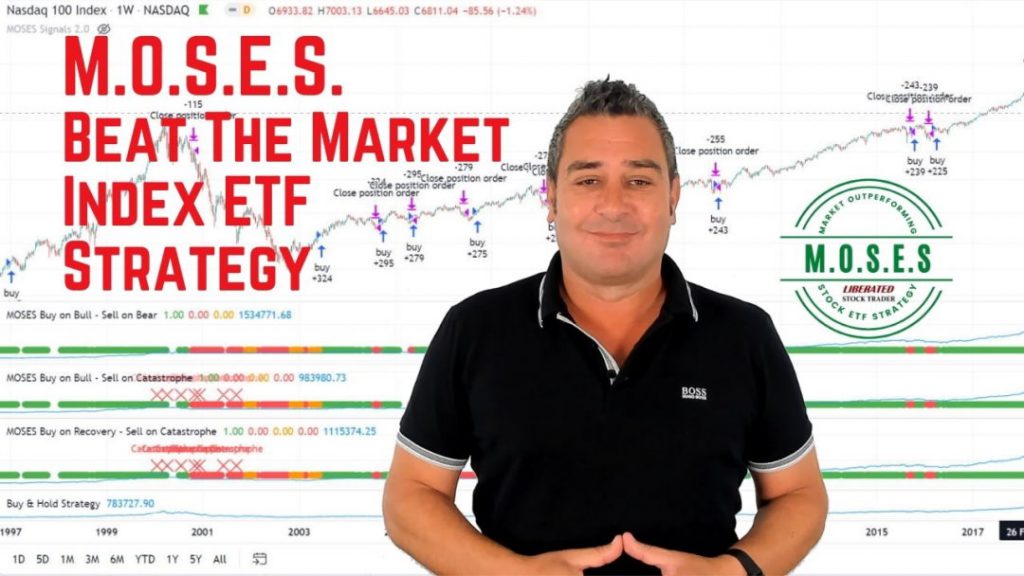
The MOSES Index ETF Investing Strategy will help you minimize the impact of major stock market crashes. MOSES will alert you before the next crash happens so you can protect your portfolio. You will also know when the bear market is over and the new rally begins so you can start investing again.
MOSES Helps You Secure & Grow Your Biggest Investments
★ 3 Index ETF Strategies ★
★ Outperforms the NASDAQ 100, S&P500 & Russell 3000 ★
★ Beats the DAX, CAC40 & EURO STOXX Indices ★
★ Buy & Sell Signals Generated ★
MOSES Helps You Sleep Better At Night Knowing You Are Prepared For Future Disasters
Fast Food Investing
Fast food is a hard but popular area to invest in because most fast-food operators are privately held.
Dunkin Donuts, which owns Baskin-Robbins, went private in October 2020 when Inspire Brands Inc. acquired it. Inspire is a privately held holding company that also owns the Sonic Drive-In burger chain and Subway’s direct competitor, Arby’s. Arby’s is one of America’s most popular sandwich restaurants.
Chains such as Subway, Popeyes, and Shake Shack could be good places to eat, but they can make terrible investments.

